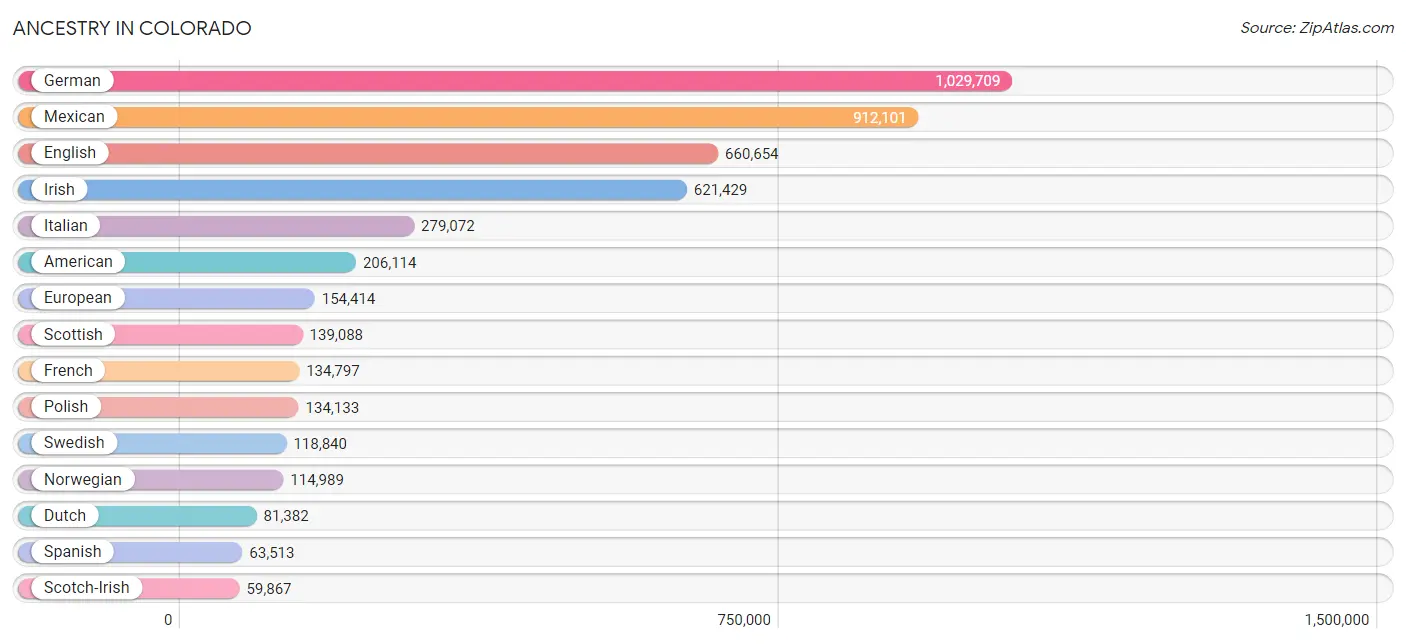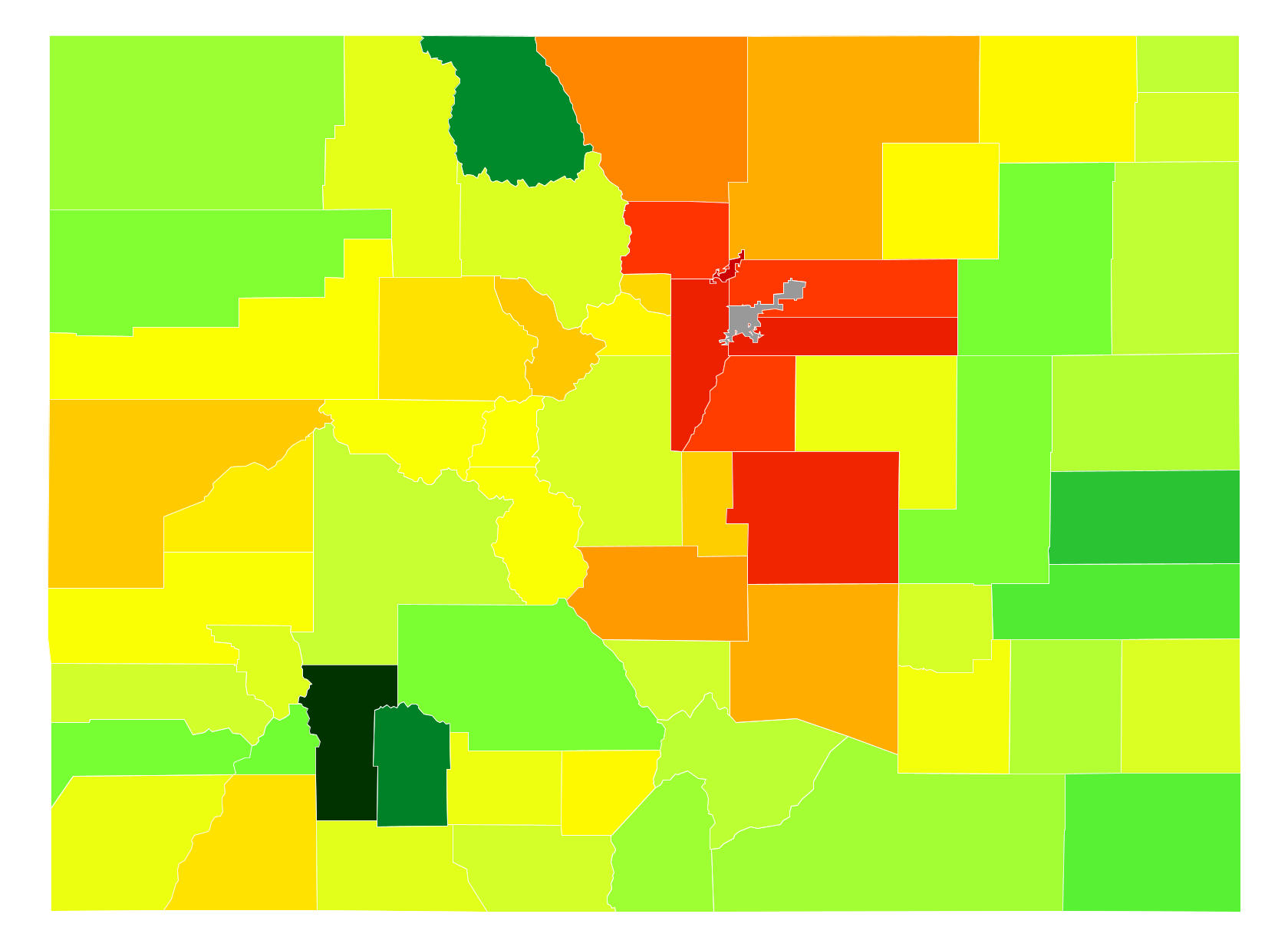
Colorado, known for its breathtaking mountains, vibrant cities, and outdoor recreation opportunities, has been experiencing a significant population surge in recent years. The Centennial State's population has been growing at a rapid pace, with many individuals and families drawn to its unique blend of natural beauty, economic opportunities, and high quality of life. In this article, we'll delve into Colorado's population trends, exploring what to expect by 2025 and the factors driving this growth.
Current Population Trends
As of 2022, Colorado's population stands at approximately 5.8 million people, with the state's population growing by over 14% since 2010. This growth rate is significantly higher than the national average, making Colorado one of the fastest-growing states in the country. The majority of this growth is concentrated in the Front Range, which includes cities like Denver, Boulder, and Colorado Springs.
Driving Factors Behind Population Growth
Several factors are contributing to Colorado's population boom. Some of the key drivers include:
Economic opportunities: Colorado's economy is diverse and thriving, with major industries like technology, healthcare, and tourism driving job growth and attracting new residents.
Quality of life: The state's stunning natural beauty, outdoor recreation opportunities, and high standard of living make it an attractive destination for individuals and families.
Migration patterns: Colorado is experiencing a significant influx of migrants from other states, particularly from California, Texas, and Arizona.
Projections for 2025
By 2025, Colorado's population is projected to reach approximately 6.3 million people, representing a growth rate of over 10% from 2022. This growth will be driven by a combination of natural increase (births minus deaths) and migration. The Front Range is expected to continue to be the primary driver of population growth, with cities like Denver and Colorado Springs experiencing significant expansion.
Implications of Population Growth
Colorado's population growth has significant implications for the state's infrastructure, economy, and environment. Some of the key challenges and opportunities include:
Housing affordability: The state's rapid population growth is putting pressure on the housing market, driving up prices and making it challenging for low- and moderate-income residents to find affordable housing.
Transportation and infrastructure: The increasing population will require significant investments in transportation and infrastructure, including roads, public transportation, and utilities.
Environmental sustainability: Colorado's population growth will also have environmental implications, including increased energy consumption, water usage, and strain on natural resources.
Colorado's population trends indicate a continued surge in growth by 2025, driven by economic opportunities, quality of life, and migration patterns. While this growth presents challenges, it also offers opportunities for the state to invest in infrastructure, promote environmental sustainability, and ensure that the benefits of growth are shared by all residents. As the state looks to the future, it's essential to balance growth with responsible planning and management to preserve the unique character and natural beauty that make Colorado such a desirable place to live.
By understanding the factors driving Colorado's population growth and planning for the challenges and opportunities that lie ahead, the state can continue to thrive and maintain its position as one of the most desirable places to live in the United States.









